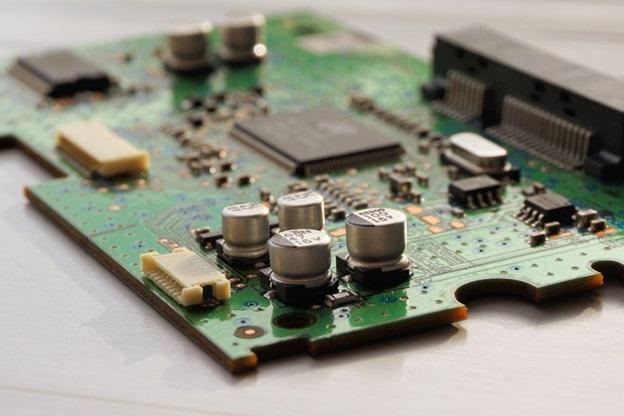Wire connectors come in a variety of types, sizes, and applications. It can be difficult to make sense of the different types and what they are used for. The wire connector type is often determined by two factors: its voltage rating and its application. You’ll need to know the specifications for the wire connector you will use in order to understand it thoroughly. here are some of the most common wire connectors and their uses.
Spade Terminals
Spade terminals are a very common connector and they are pretty much used in every type of wire connector. You can find spade terminals in both crimp and solder types. Spade terminals have small prongs on the end so that other wires can be attached easily to the terminal. The prongs of the spade terminal will either be straight or swaged, depending on how it was made.
There are many types of spades with different uses depending on their application. Both the shell and the spade are available with different outlets. Spades are typically used in power connectors and electrical applications.
Crimp Terminal
Crimps are a type of connector that is most commonly used for power cables. These terminals have a cover over them to make sure there is no dust or other foreign objects inside the terminal which could damage it and cause a short circuit. These kinds of wire connectors use nylon clamps on the crimp side so that they can be inserted into wire jackets without damaging them.
Solder Terminal
Solder terminals are also sometimes referred to as melt connectors. These terminals have a metal flange on the end which usually covers the whole connector. These terminals are usually used in power applications and they can be used in both crimp, solder bulkhead connectors or solder wire connectors.
Bulkhead Connector
There are many different types of bulkhead connectors. The most common type is the shell and it is used for connections made in power applications. Some shell and crimp bulkhead connectors are used for surge and lightning protection. Bulkheads usually enclose a wider area than the insulator is large enough, so to achieve the right amount of spacing, they will engage a secondary shell or cap to cover up their connector.
Insulation Connectors
Insulation connectors are used to join one connector to another. These kinds of wire connectors are also used in power applications and they will be used to adapt a shell or plug into an additional shell. They can be added to the insulators and shell connectors to help improve their quality and performance. They are typically made with plastic insulation but there is also copper insulation that can be used. Tinned copper wire can be used with the plastic insulation but it is more commonly seen with galvanized steel pipe and brass shells.
Wire Retainer Connector
Wire retainers are used to hold the wires in place along with the terminals where they will connect to a power source. They are usually used on power supply connectors and they will help protect the bare wire if the connector happens to be bent, preventing damage.
Sleeve Connector
Sleeves come in two main types: metal and plastic. They are typically used in power applications and they help to keep the insulation of the wires intact by covering up the wire whenever it is not in use. The wire can be brought out through a hole made on the end of the sleeve or it can be installed in line with terminal crimp types.
Conclusion
Wire connectors should always be placarded with the minimum voltage rating, their ground symbols, and their connector type and application symbols. Some wire connectors have been given a name as well as a number. While these names are still letters, they are not used in the same way as the other titles.
